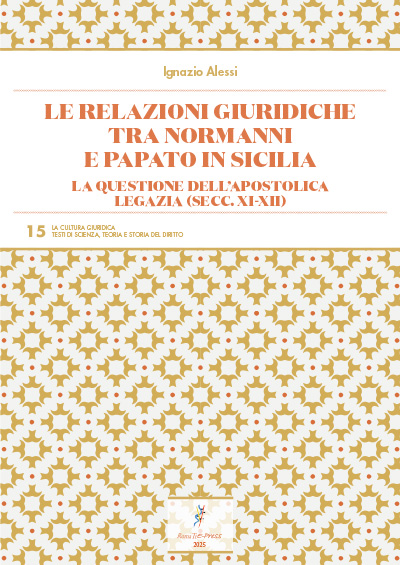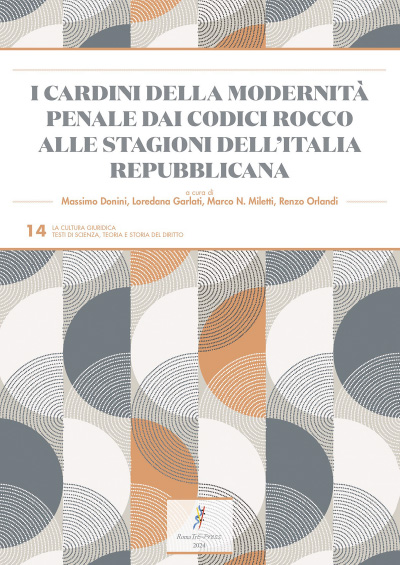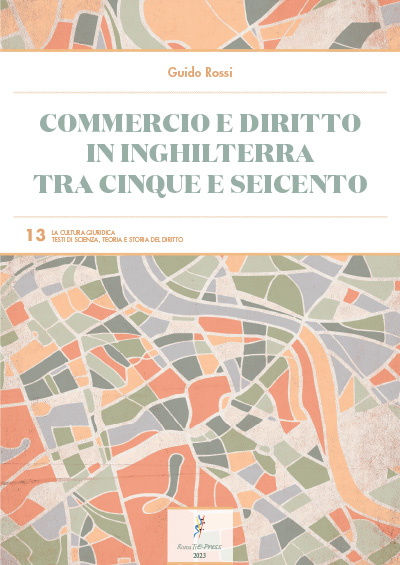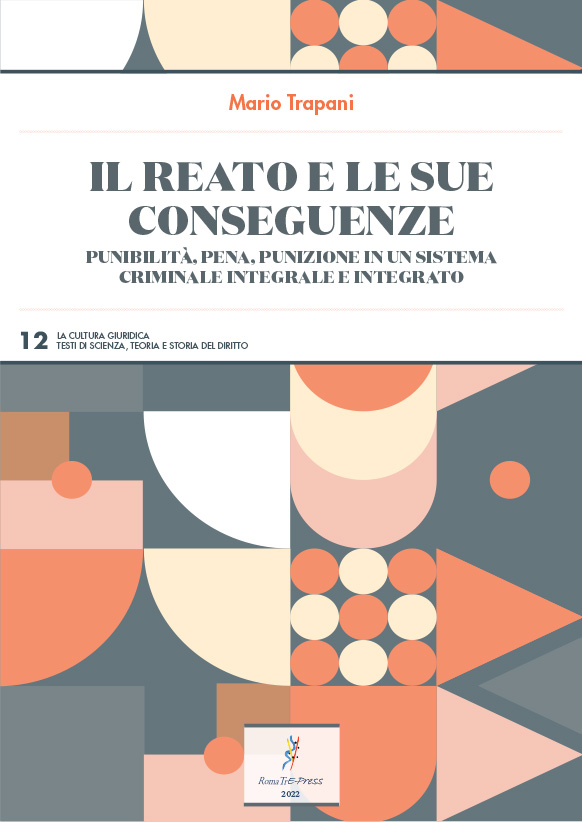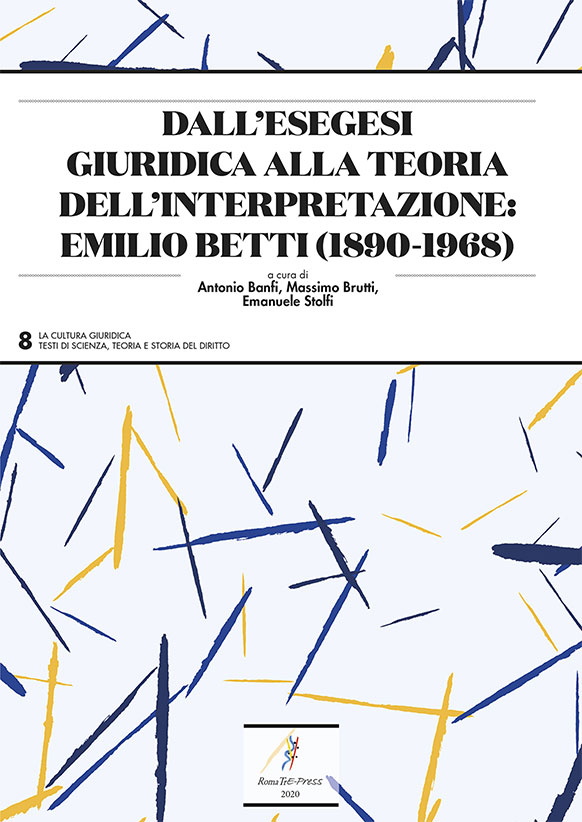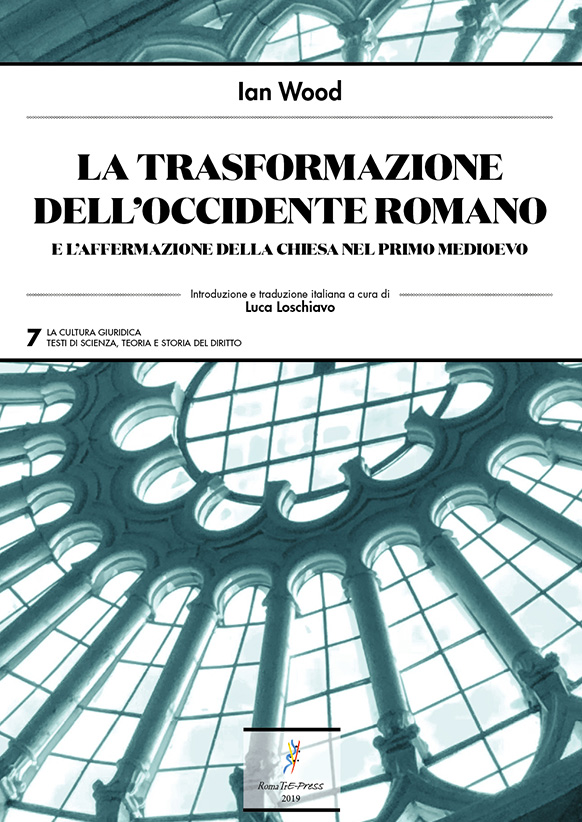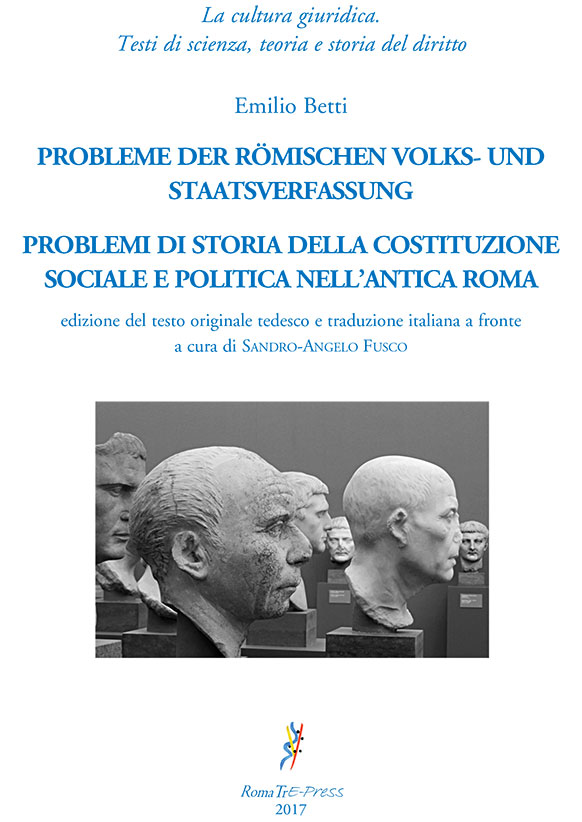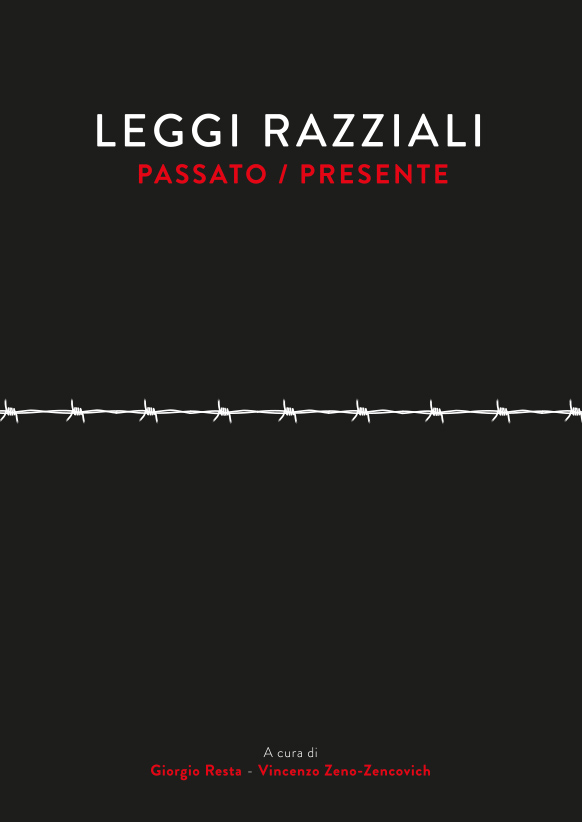Abstract

Il fondamento giuridico dei numerosi interventi sulla Chiesa di Sicilia attuati dai Normanni durante il periodo in cui governarono l’isola (1061-1198) viene tradizionalmente ricondotto alla bolla Quia prudentiam tuam concessa da papa Urbano II a Ruggero d’Altavilla nel 1098. Secondo l’interpretazione maggioritaria – affermatasi dal XVI secolo – per mezzo di tale atto, il conte e tutti i suoi successori avrebbero ottenuto lo status di legati apostolici, ossia di rappresentanti del pontefice sull’isola, con vasti poteri di amministrazione e giurisdizione sulla Chiesa locale. Tale ricostruzione può oggi essere sottoposta a revisione critica. Acclarato, infatti, che i Normanni esercitarono uno stretto controllo sull’apparato ecclesiastico locale, non sembra, tuttavia, che essi agirono in qualità di legati apostolici. Il fondamento giuridico delle prerogative esercitate va piuttosto ricercato nei tratti strutturali e accentratori del potere normanno, orientato a un controllo pervasivo di tutte le componenti del regno, comprese quelle ecclesiastiche. In questo quadro, lo spazio d’intervento sulla Chiesa locale fu definito attraverso un processo di negoziazione con il papato, concretizzatosi in una serie di concessioni e accordi volti a delimitare le rispettive sfere di competenza.

The legal foundation of the numerous interventions in the Church of Sicily undertaken by the Normans during their rule over the island (1061–1198) is traditionally traced back to the papal bull Quia prudentiam tuam, granted by Pope Urban II to Roger d’Hauteville in 1098. According to the prevailing interpretation – which took shape in the sixteenth century – by means of this act the count and all his successors were granted the status of papal legates, that is, representatives of the pontiff on the island, endowed with extensive powers of administration and jurisdiction over the local Church. This reconstruction, however, can today be subjected to critical reassessment. While it is well established that the Normans exercised close control over the local ecclesiastical apparatus, it does not appear that they acted in the capacity of papal legates. The legal basis of the prerogatives they exercised is to be sought instead in the structural and centralising features of Norman power, which was oriented towards pervasive control of all components of the kingdom, including the ecclesiastical sphere. Within this framework, the scope for intervention in the local Church was defined through a process of negotiation with the papacy, which took shape in a series of concessions and agreements aimed at delineating their respective spheres of competence.

